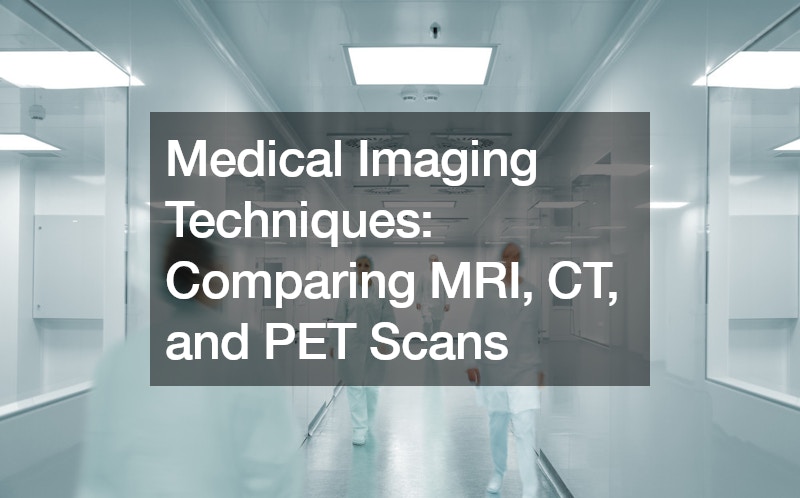Medical imaging has significantly advanced, providing doctors with powerful tools to diagnose and treat various conditions. Among the most commonly used health scans are MRI, CT, and PET scans. Each of these imaging techniques has unique features, benefits, and applications that make them suitable for different medical situations.
Magnetic Resonance Imaging (MRI)
An MRI, or Magnetic Resonance Imaging, uses a strong magnetic field and radio waves to create detailed images of the organs and tissues within the body. This technique is non-invasive and is particularly useful for imaging soft tissues, such as the brain, muscles, and joints. During an MRI scan, the patient lies on a movable bed that slides into a large magnet. The process is painless, though patients with metal implants or pacemakers cannot undergo this scan due to the powerful magnetic forces involved.
Computed Tomography (CT) Scan
A CT scan, or Computed Tomography scan, utilizes X-rays to produce detailed cross-sectional images of the body. It involves taking multiple X-ray images from different angles and combining them to create a comprehensive view of the area being examined. CT scans are particularly effective for detecting bone fractures, internal injuries, and tumors. Sometimes, a contrast dye is used to highlight specific structures, although this can cause mild allergic reactions in some patients. Despite the exposure to a small amount of radiation, the detailed images provided by CT scans are invaluable for accurate diagnoses.
Positron Emission Tomography (PET) Scan
A PET scan, or Positron Emission Tomography scan, involves injecting a radioactive tracer into the patient’s body to observe metabolic processes. This scan is particularly useful for detecting abnormalities at the cellular level, making it valuable for diagnosing cancer, heart disease, and brain disorders. PET scans can measure blood flow, oxygen use, and glucose metabolism. While the resolution might not be as high as MRI or CT scans, the functional information obtained from a PET scan is crucial for understanding the underlying issues in organs and tissues.
Choosing the Right Scan
Each of these health scans has specific advantages and potential risks. MRI scans are ideal for soft tissue evaluation without radiation exposure. CT scans provide high-resolution images, especially useful for bone and internal organ analysis but involve low radiation exposure. PET scans offer critical insights into cellular activity, essential for diagnosing complex diseases, albeit with exposure to radioactive tracers.
In conclusion, the choice between MRI, CT, and PET scans depends on the medical condition being investigated. Understanding the strengths and limitations of each scan helps doctors provide the best care for their patients. Always consult with a healthcare professional to determine which imaging technique is most appropriate for your specific needs.
.




